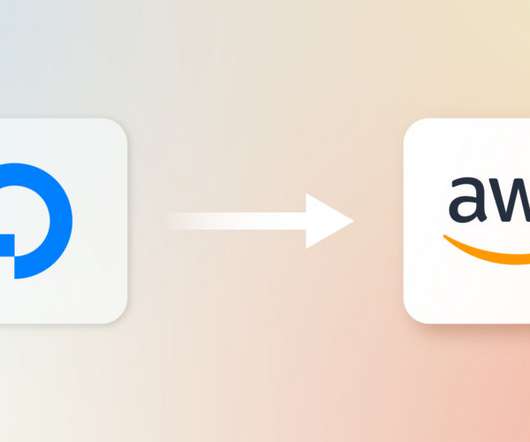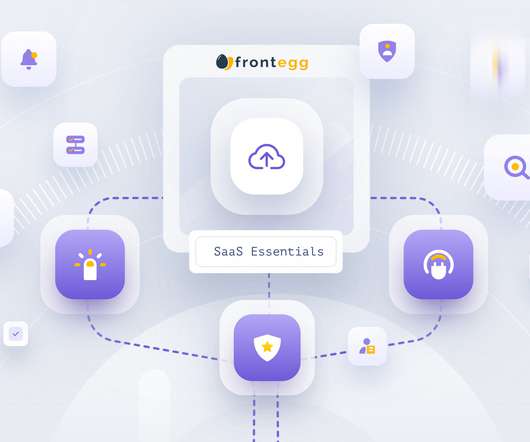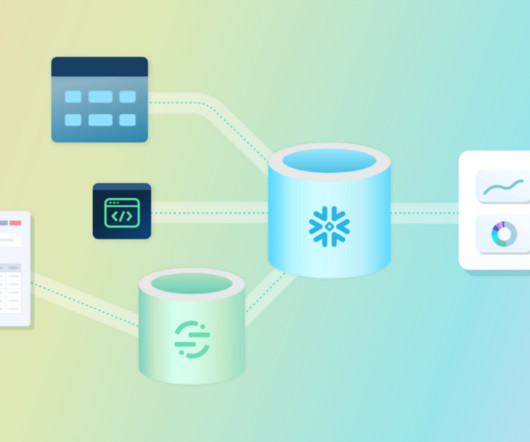Moving ChartMogul to AWS and Kubernetes
Chart Mogul
JANUARY 28, 2022
Our journey was not your regular AWS migration as it involved moving our infrastructure from classic VMs to containers orchestrated by Kubernetes. Our journey was not your regular AWS migration as it involved moving our infrastructure from classic VMs to containers orchestrated by Kubernetes. Managed databases.















Let's personalize your content